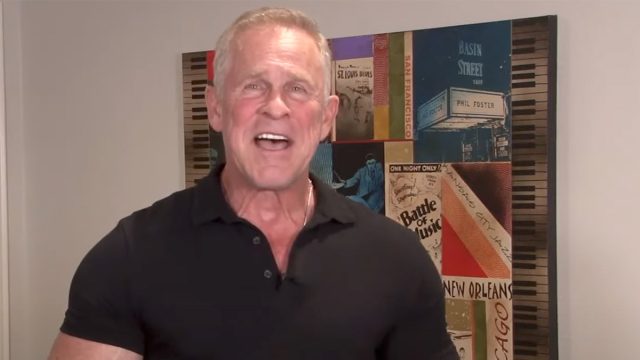5 Foods That Grow Muscle Fast After 50
Mark Mcilyar is a celebrity fitness trainer who knows how important diet is in building muscle, especially as men get older. "As a man over 50, building muscle plays a huge key in our natural production of testosterone," he says. "As we get older, our testosterone tends to decline naturally. We can't stop it completely, but we can fight back against the loss of our needed male hormones. Having less fat and more muscle is crucial for our testosterone production." Here are the five foods Mcilyar says every man over 50 should be eating to put on serious muscle.
Egg Sandwich
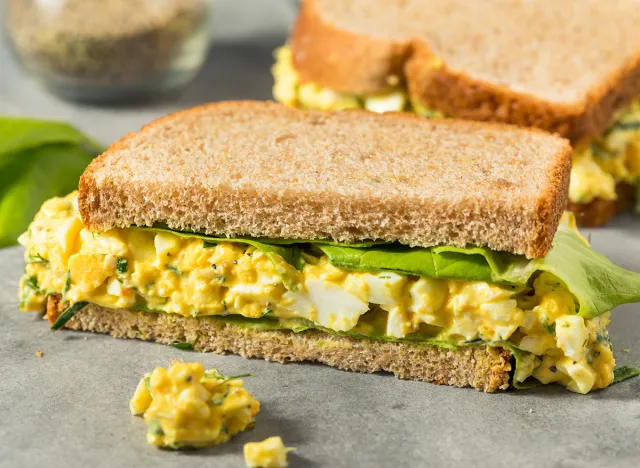
Mcilyar is a huge fan of egg sandwiches with cheese. "A fried egg sandwich is my favorite," he says. "Eggs have got a lot of protein. They've got the healthy fats in there. There's a fair amount of calories, and then you fry up a couple of eggs and then throw some grated cheese on there and put it on some bread."
Protein Bread
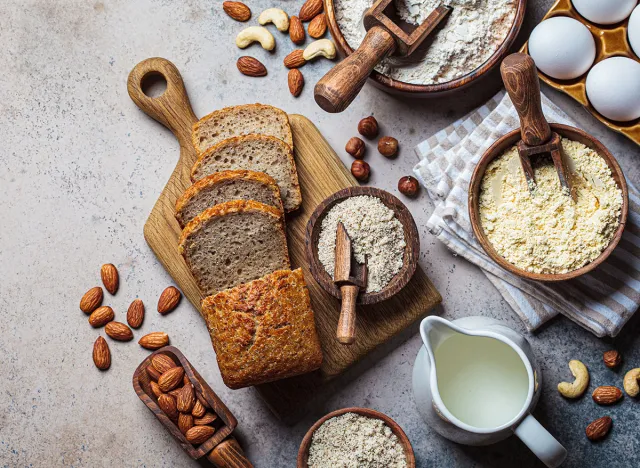
Mcilyar recommends high-protein bread for your egg sandwiches. "A lot of times, it's referred to as keto bread," he says. "And keto bread is just loaded with protein. And so, typically, I think it's about four grams of protein per slice. So, of course, you're going to have two slices. So that's eight grams of protein. The eggs each have about eight grams of protein. Plus, when you throw the cheese in there, you get more protein, plus you get some nice fats in there, you get some carbohydrates from the cheese and the bread altogether."
Protein Shakes
Mcilyar recommends whey protein shakes made with whole milk. "Whole milk has got more protein in it, plus it has some natural sugar occurring in it," he says. "And that sugar will help basically shuttle the protein to the muscle fibers… You do need carbs in you because the carbs trigger an insulin release in your body, and insulin is like a little pickup truck that carries the protein throughout your system and delivers it to all the cells that need it. More specifically, your muscle fibers."
Berries, Bananas, Peanut Butter
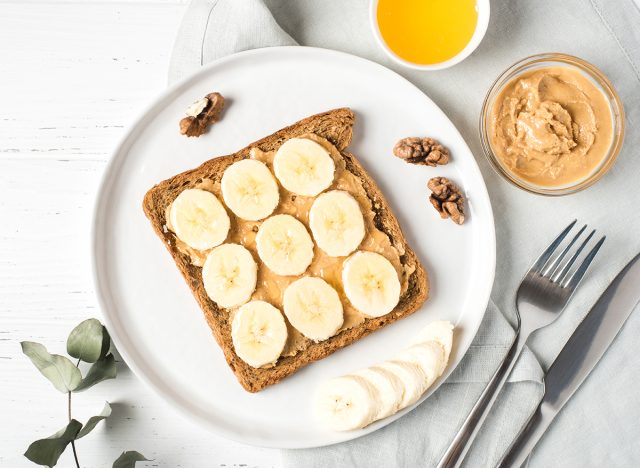
Mcilyar recommends loading up your protein shakes with healthy additions. "When you're doing these protein shakes, use milk instead of water or almond milk, and then throw some other stuff in that shake," he says. "Throw some berries in there, some bananas, maybe peanut butter. And so you can experiment with whatever combination you want and find something that really tastes good. It's kind of like the more the merrier when it comes to the ingredients."
Avocados
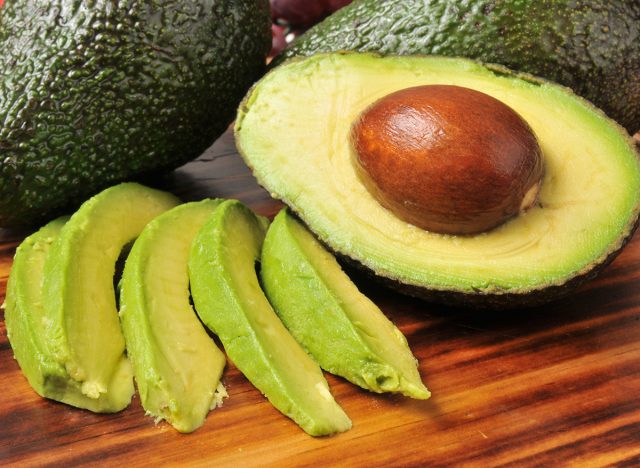
Mcilyar loves avocados and highly recommends healthy fats. "Avocados, guys, there's not a whole lot to say here except they're loaded with a bunch of good yummy stuff," he says. "They've got some protein in them, but more importantly, they have the real healthy types of fats. Avocados are a really simple thing. You can throw it in your refrigerator and eat pretty much any time of the day."
No Low-Fat Diets
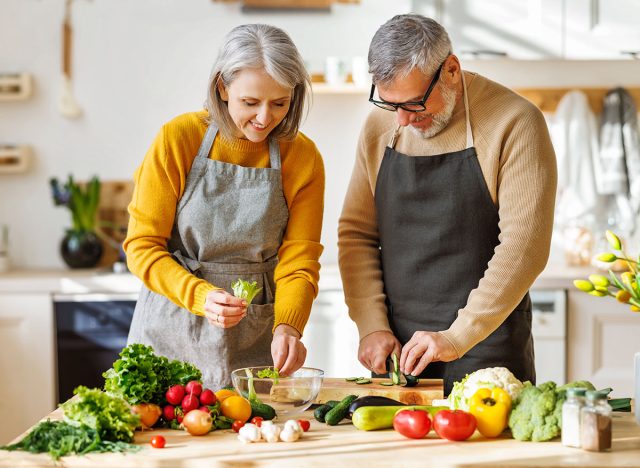
Mcilyar strongly emphasizes how essential healthy fats are for men. "I always warn you guys to stay away from low-fat diets," he says. "I know it sounds weird because most of those are for guys trying to lose fat, but the problem is when you don't get enough healthy fats in your diet, it really screws up your hormones for men. If you don't get enough healthy fats, then your body cannot produce its normal healthy level of testosterone. If you're not healthy levels of testosterone, there's just no way to build muscle. So it's a killer."
Peanut Butter and Jelly Sandwich
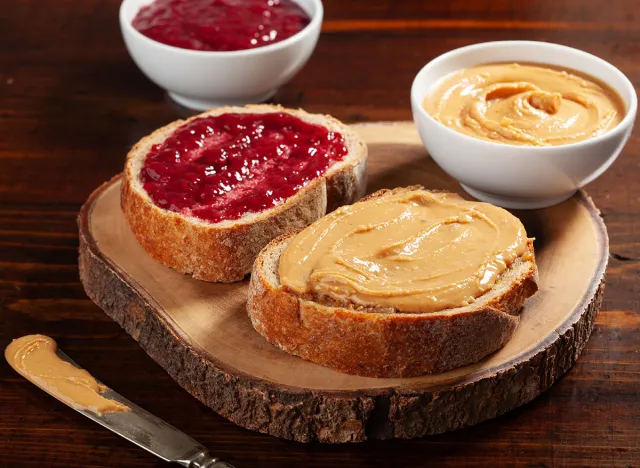
Mcilyar recommends good-quality peanut butter and jelly sandwiches made with high-protein bread. "It's a much healthier type of carbohydrate with a lower glycemic index, but it also has the added protein in there," he says. "And then the peanut butter has healthy fats. It does have some protein in there. Be careful with the jelly—try to find some organic natural jam. It'll be better for you. And then it does come with a ton of sugar. So keep the jam on the low side. Even for you skinny guys, you don't want a lot of sugar."
RELATED: Top 3 Superfoods You Should Eat Every Day to Lose Weight, According to Doctor
Oatmeal
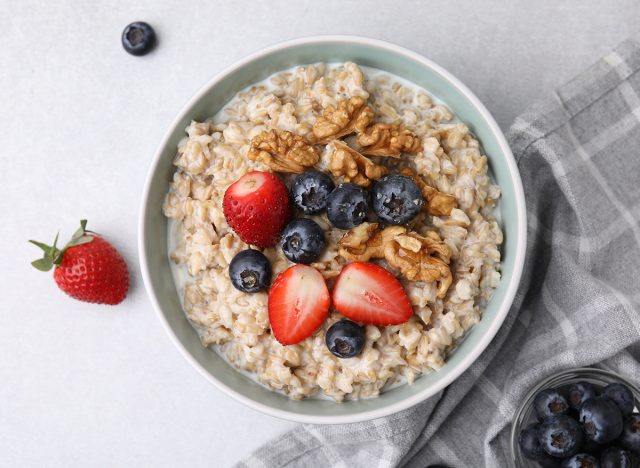
Mcilyar recommends oatmeal as a perfect muscle-building food. "Oatmeal is a great kind of bodybuilding breakfast that tons of very serious fitness geeks do," he says. "And it's young bodybuilders, middle-aged, it's older guys… Load that oatmeal up with some of the things that I've already talked about earlier, like peanut butter and bananas and some berries, and kind of create a mixture that really tastes good for you. The other thing you can always throw in your oatmeal is whey protein."
Eat Breakfast For Dinner
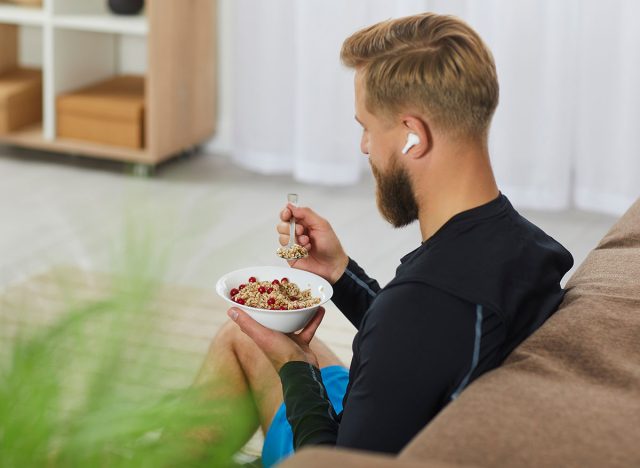
Mcilyar says not to feel you can only eat certain foods at certain times of the day. [Oatmeal is] just kind of a mainstay typically for breakfast, but it doesn't have to be breakfast," he says. "We get these things in our head that certain foods are only eaten at certain times of the day. Well, that's totally ridiculous. That's just tradition. It makes no difference when you eat your eggs. It doesn't have to be for breakfast. Same thing with oatmeal." And if you enjoyed this article, take advantage of these 20 Superfoods for People Over 50.
